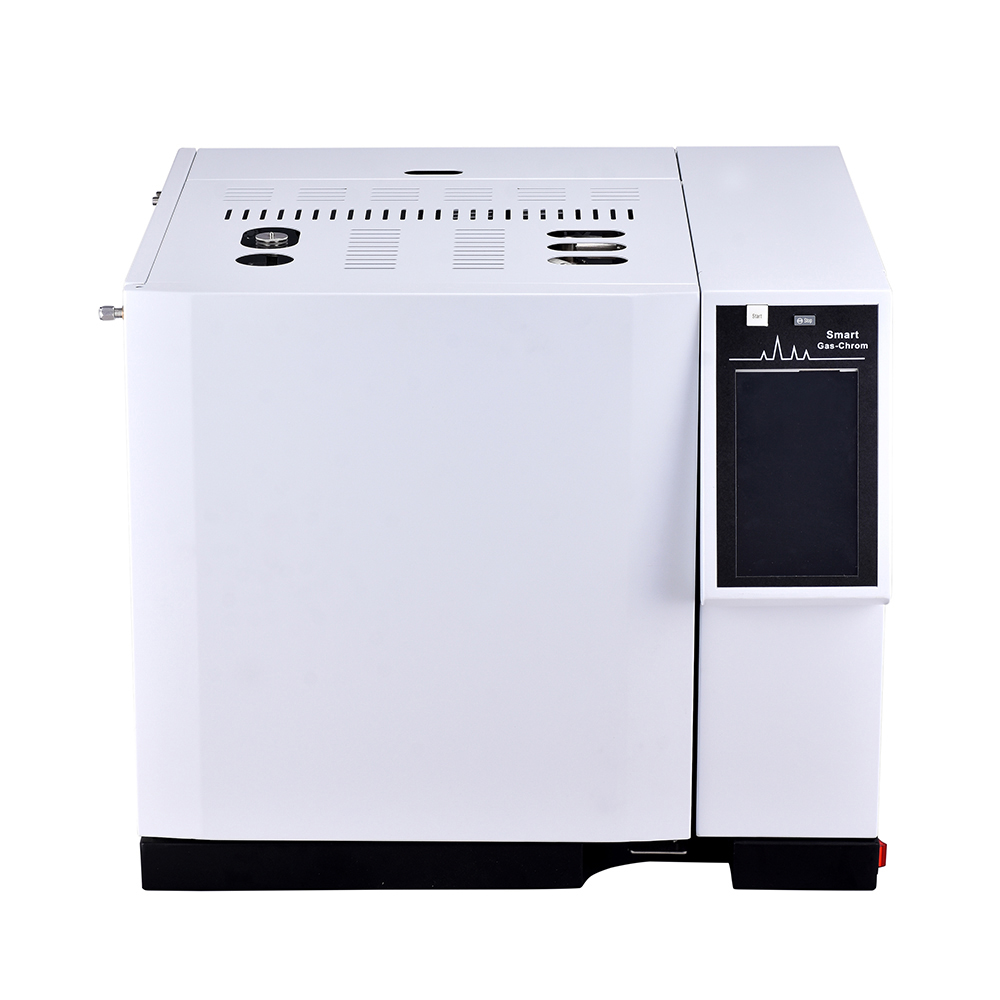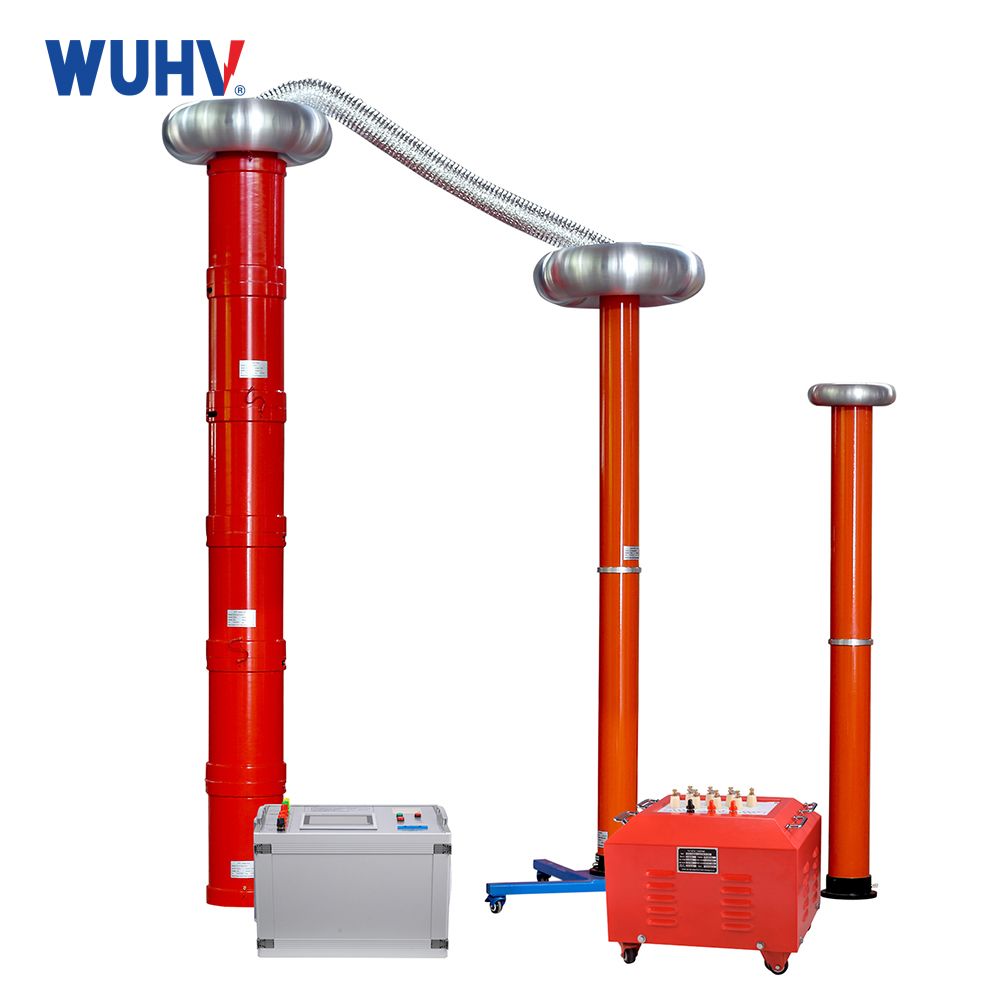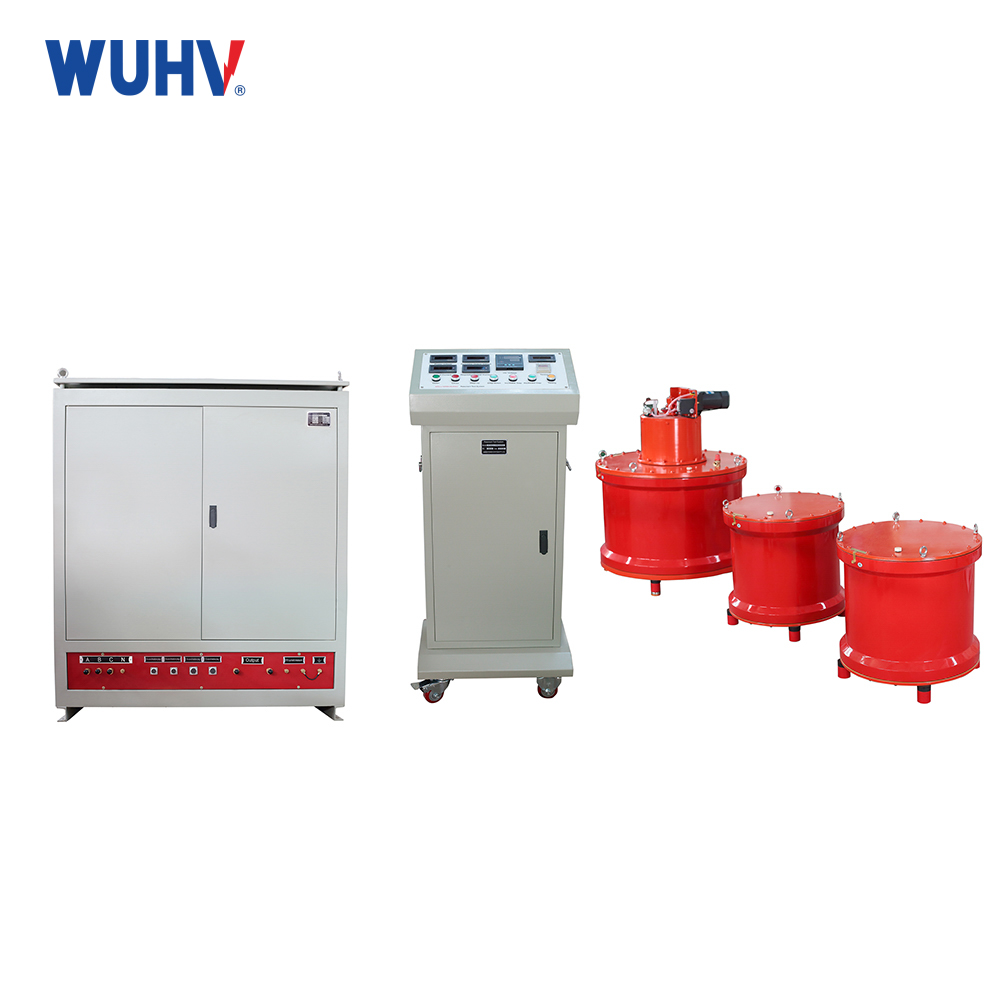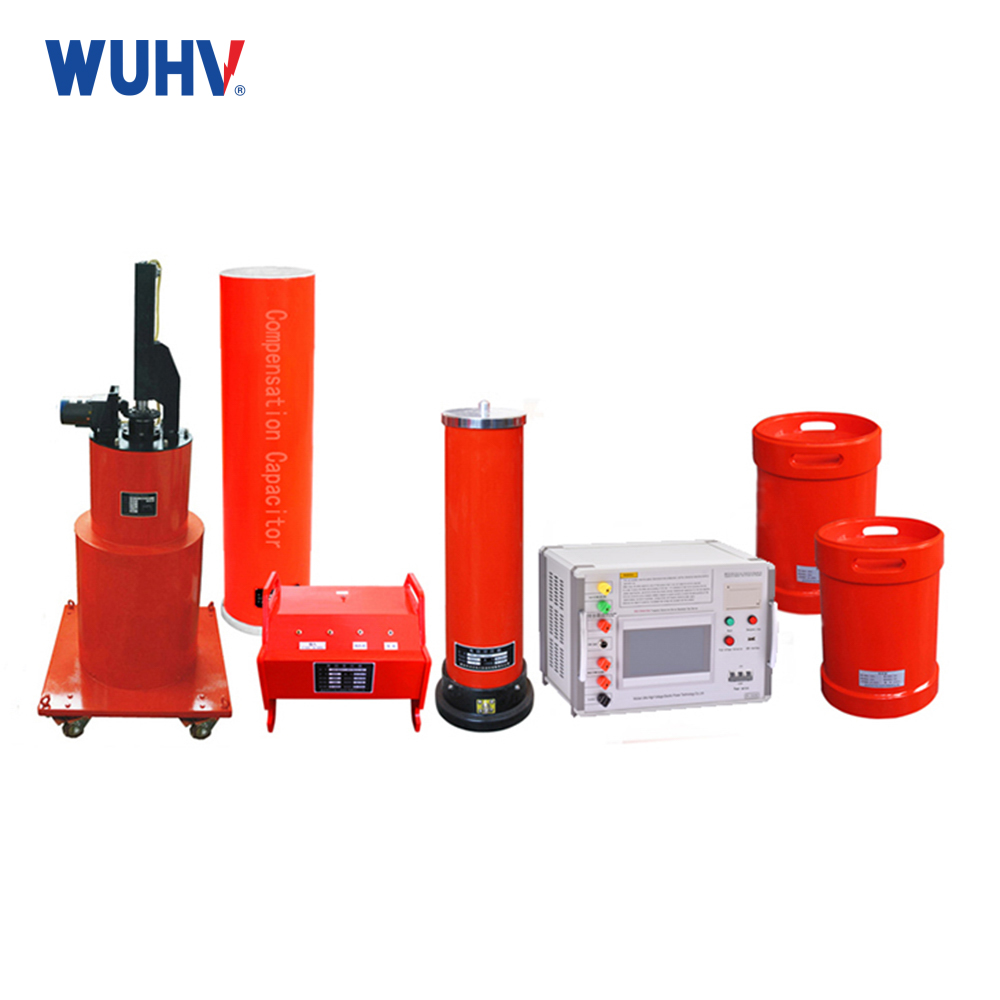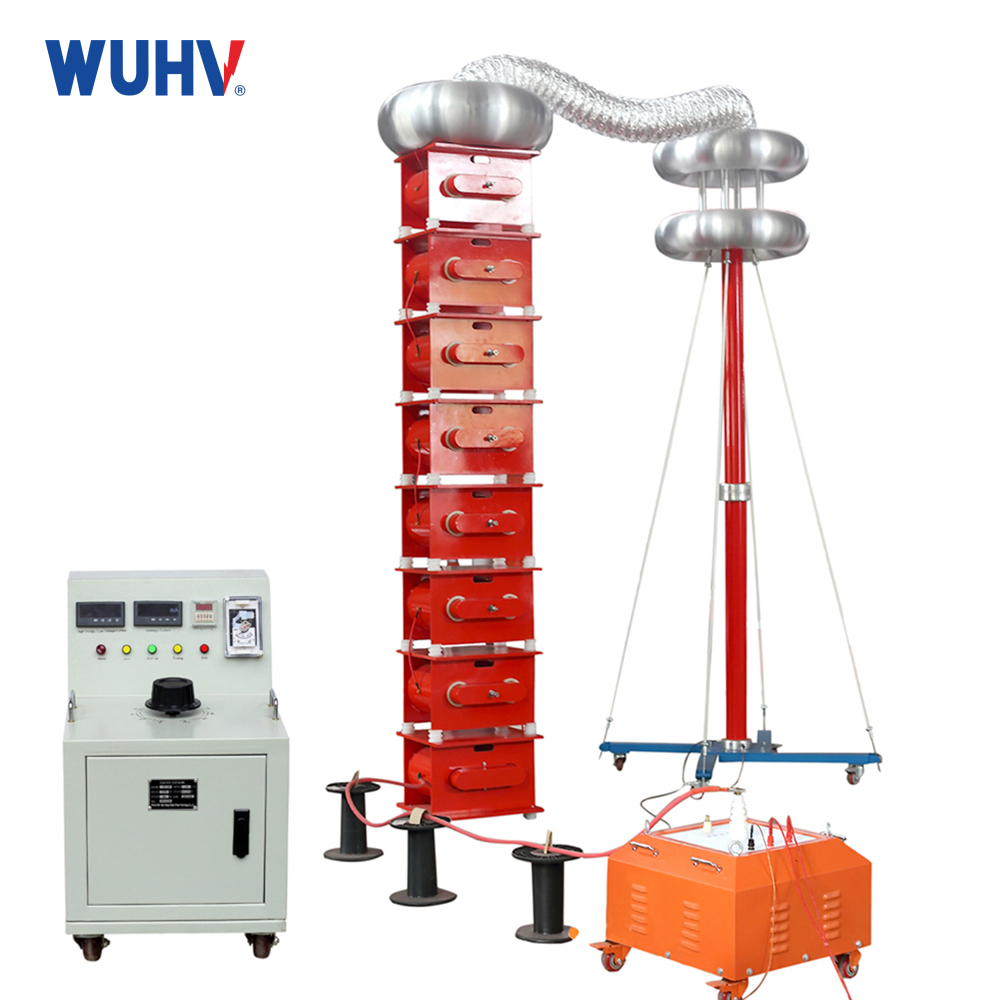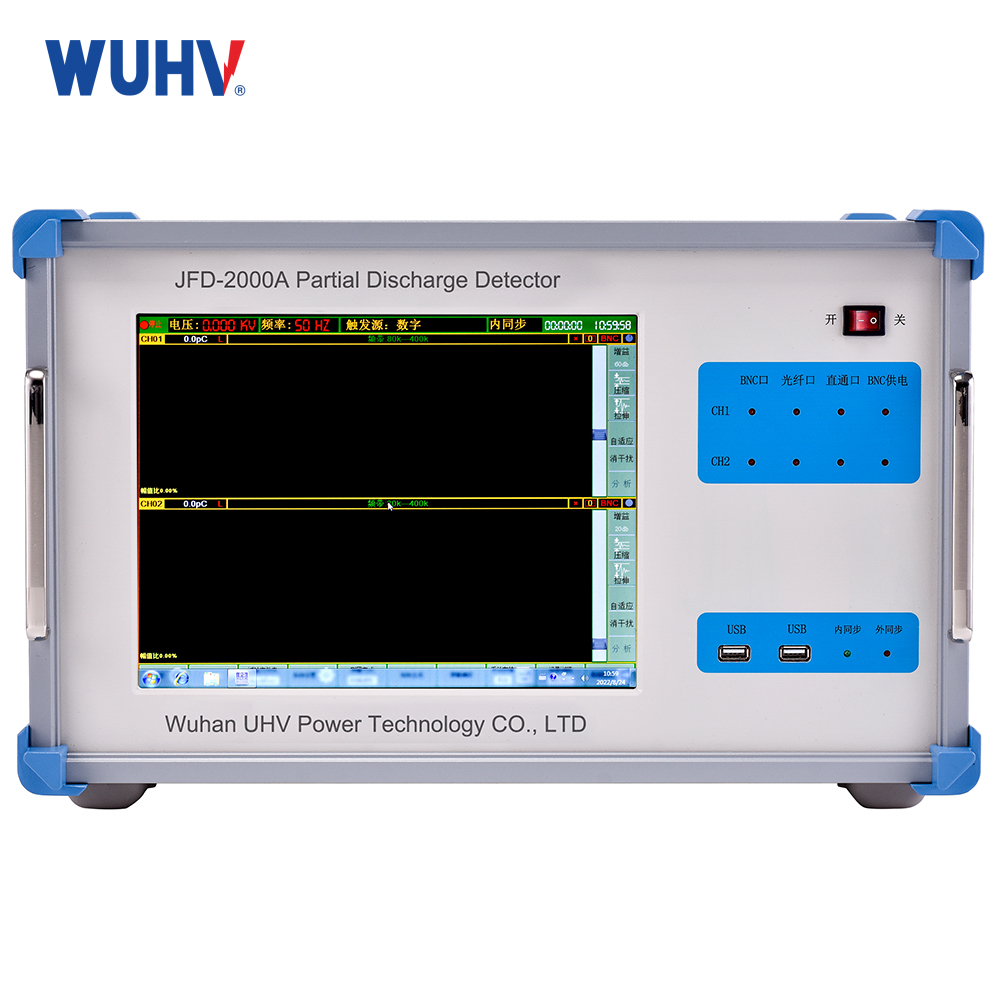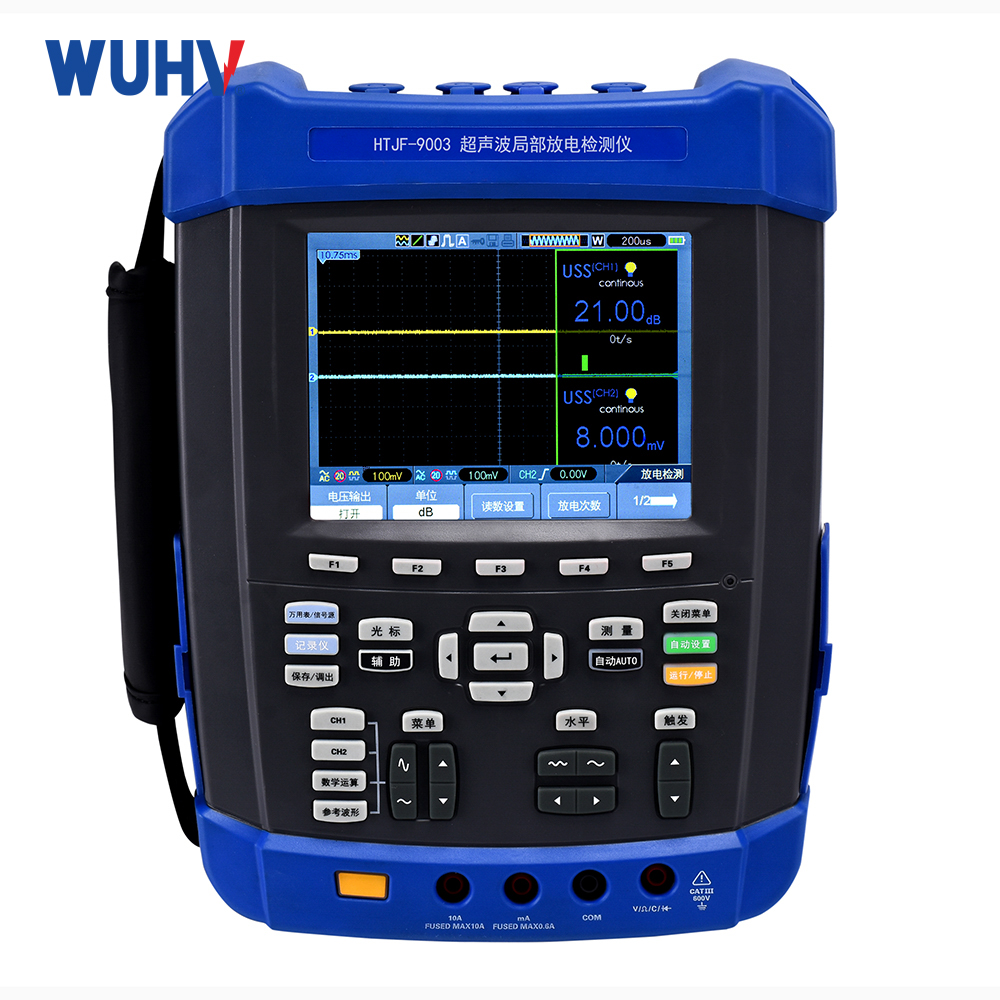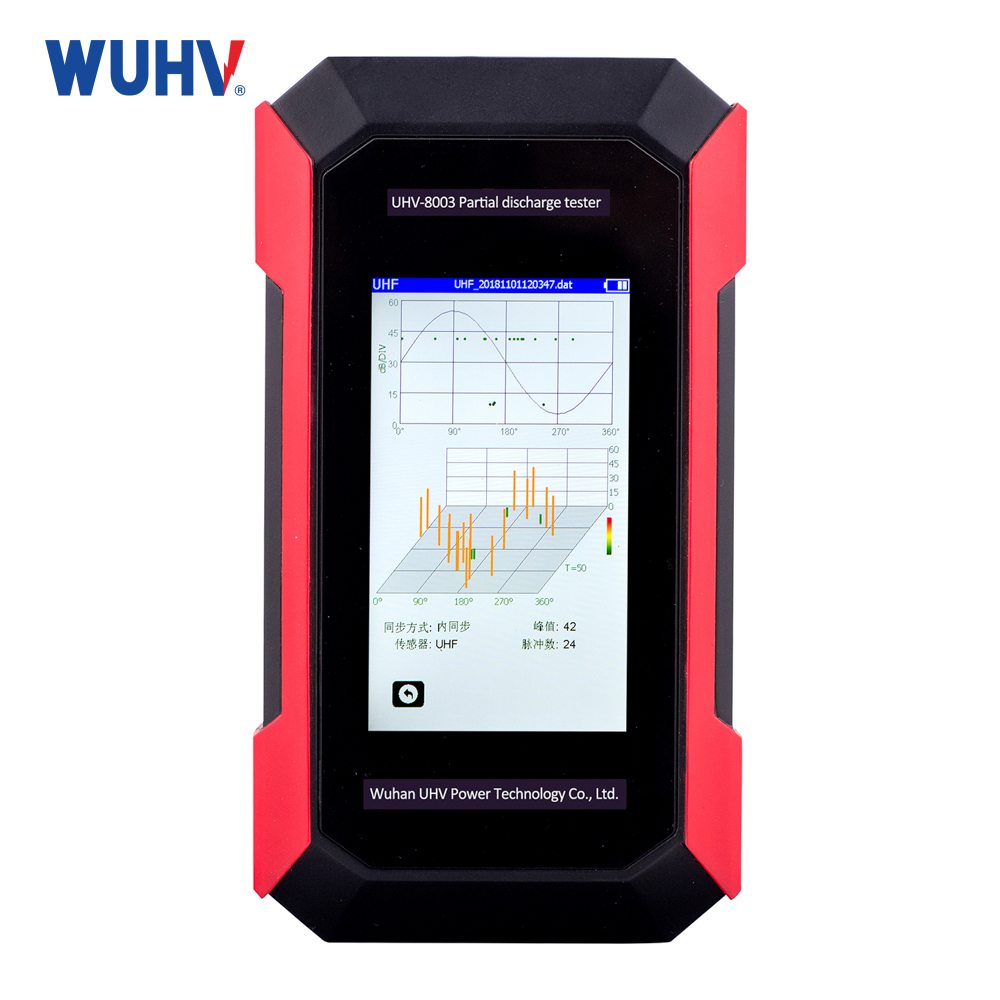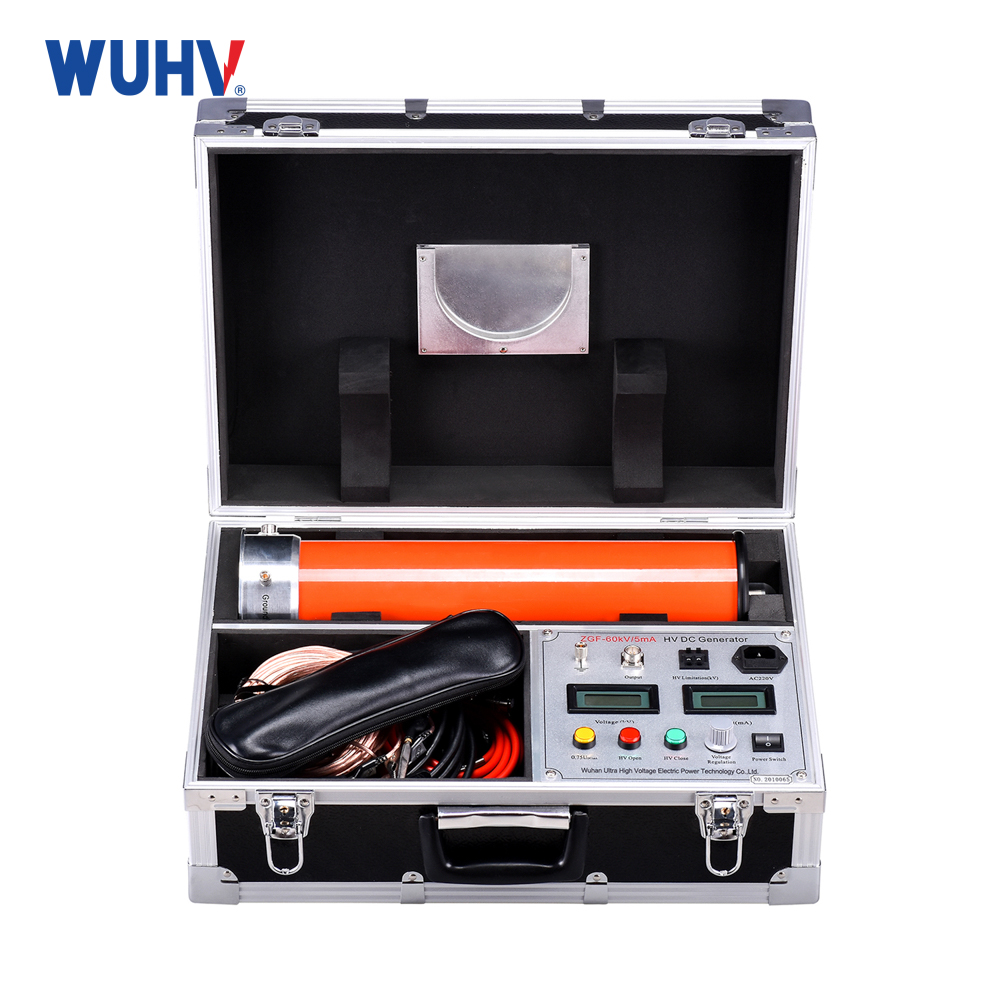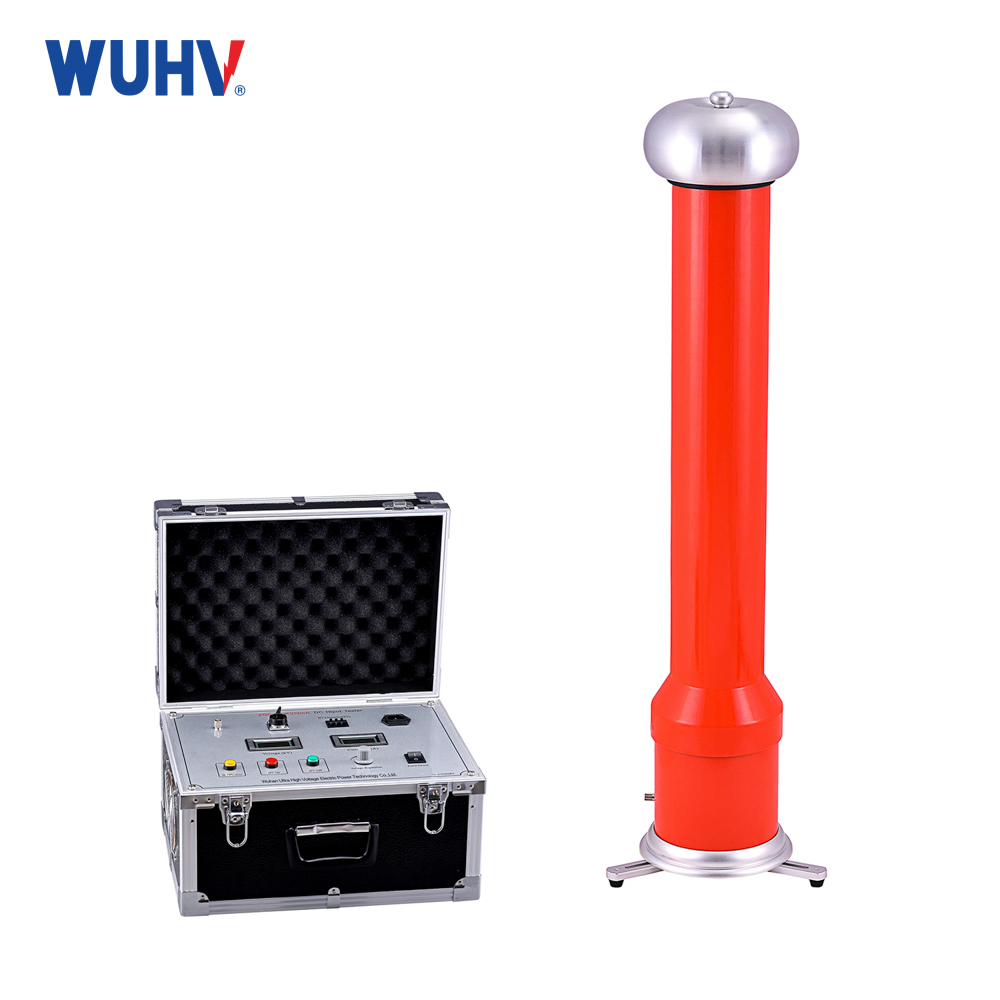Theoil chromatography analyzerunder UHV power can help many power workers conduct various power tests more conveniently.
Gas chromatography is a technique for separating and analyzing multi-component mixtures. It mainly utilizes the differences in boiling point, polarity, and adsorption coefficient of each component in the sample to separate the components inside the column, and conducts qualitative and quantitative analysis on the separated components.
Chromatography analyzers use gas as the mobile phase (carrier gas). When the sample is sent to the injector and vaporized, it is carried by the carrier gas into the packed column or capillary column. The differences between components cause them to be separated in the chromatographic column, and then the detector behind the column sequentially detects the components based on their physical and chemical properties. After the conversion, the electrical signal is sent to the chromatograph. workstation. The chromatographic workstation records and analyzes the gas chromatograms of each component to obtain the analysis results of each component.
1、 Sampling
The accuracy of test results and the correctness of conclusions depend on the representativeness of the samples taken. Lack of representative sampling not only results in wastage of manpower, resources, and time, but also leads to erroneous conclusions and greater losses. For oil samples with special requirements, such as gas phase spectroscopic analysis of oil products, trace water in oil products, furfural in oil products, metal analysis in oil products, particle contamination (or cleanliness) of oil products, etc. There are different requirements for methods, sampling containers, storage methods, and time periods. Only list the sampling precautions for oil and gas chromatography analysis:
(1) Oil samples must be analyzed by gas chromatography using a 100mL medical syringe that is airtight, clean, and dry, and sealed for sampling. After sampling, there should be no bubbles in the oil.
(2) Before sampling, the accumulated oil stains in the dead corners of the road must be drained completely, usually 2-3 liters should be drained for sampling. When the pipeline is thick and long, at least twice its volume should be discharged.
(3) The sampling connection pipe must be dedicated and acetylene fire welded rubber pipes shall not be used as sampling connection pipes.
(4) After sampling, keep the syringe core clean to prevent blockage.
(5) Samples should be kept away from light from sampling to analysis and sent promptly to ensure completion within 4 days.
test
(1) After testing high gas concentration oil samples, the degassing container should be carefully cleaned to prevent cross contamination.
(2) When replacing the standard gas, it should be recorded with the designated management personnel. When using computer programming for calculations, it should be repeated in a timely manner
Newly inputted calibration gas concentration to prevent calculation errors.
(3) Any oil sample that exceeds the standard must undergo retesting.
(4) The conclusions proposed should be descriptive and suggestive. Guiding conclusions cannot be used.


